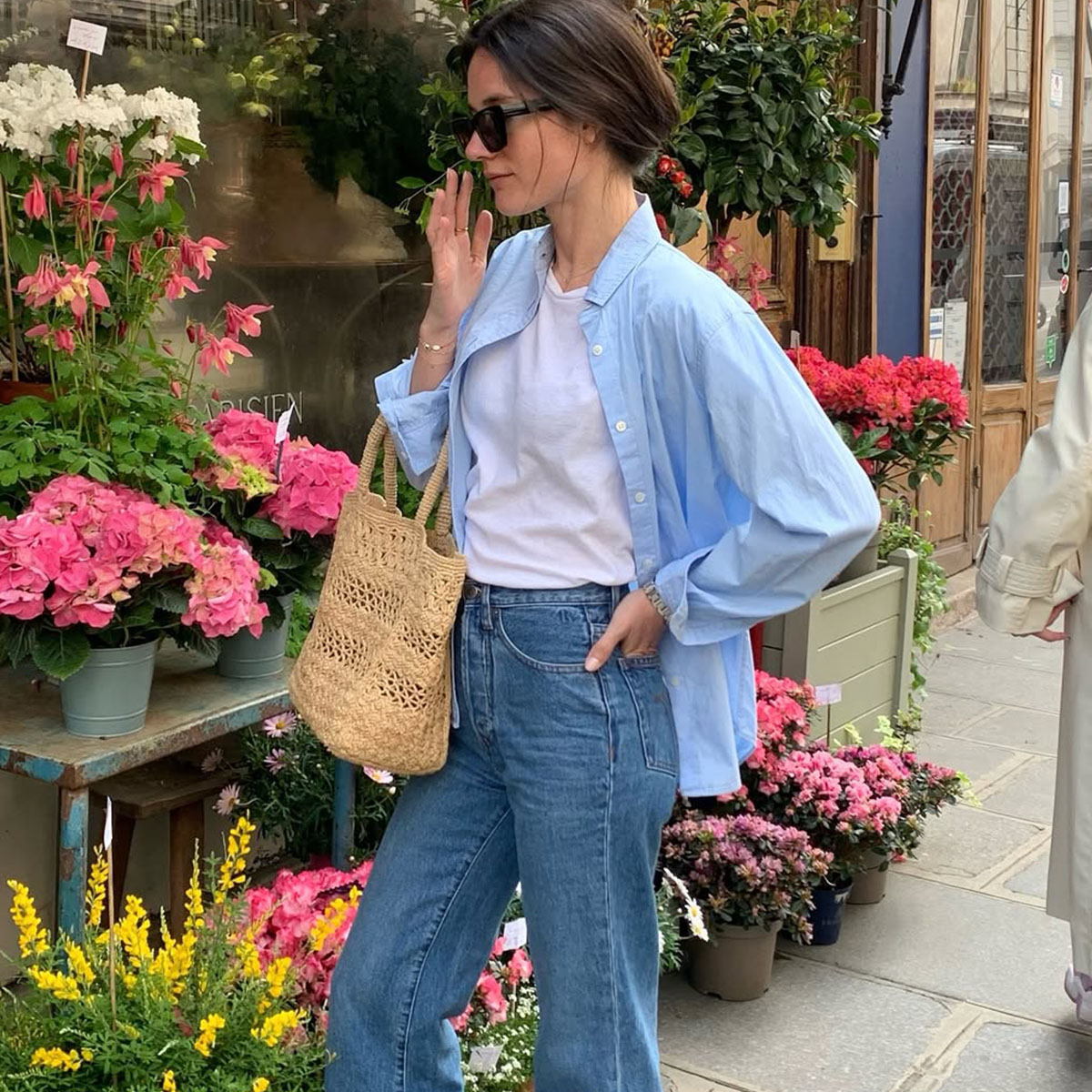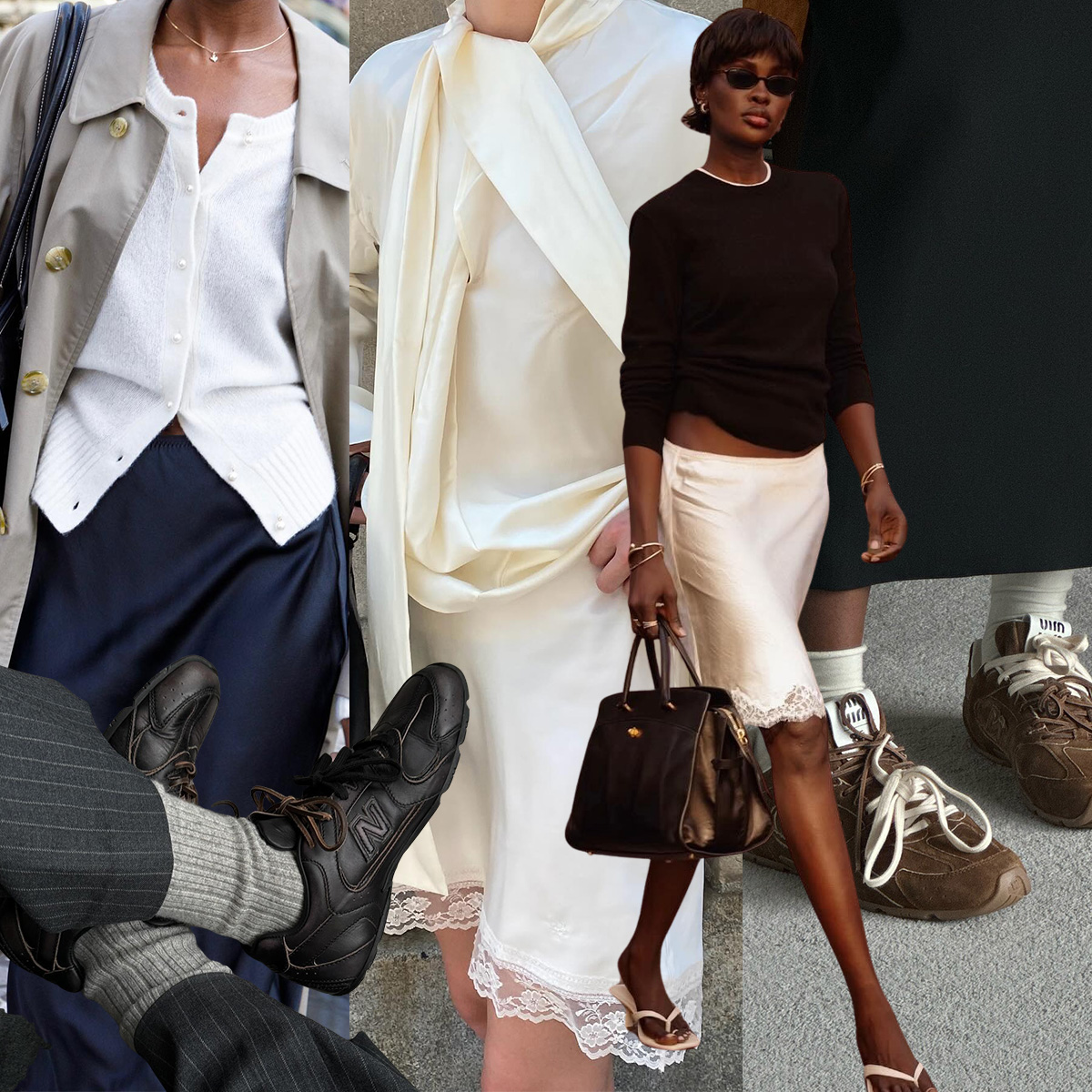How This Designer Is Using Technology to Get Ahead of Fashion’s Biggest Trends
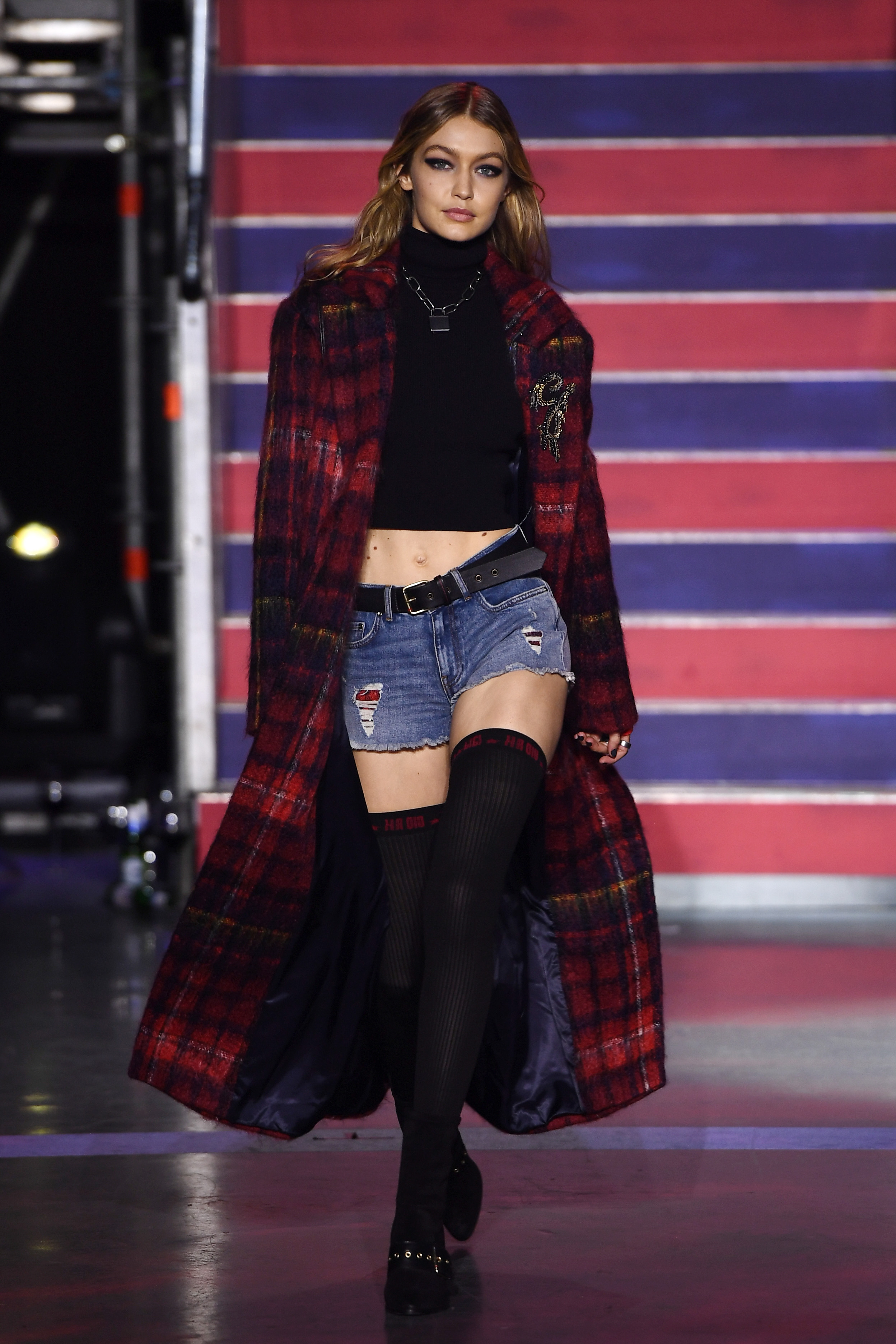
This feature is dedicated to our #NoChangeNoFuture initiative. From the Women’s March, to Australia voting yes to same sex marriage, and the #MeToo movement, 2017 taught us to look beyond ourselves and come together as a collective of powerful women who are writing our own history. Join us as we cancel setting one-dimensional personal resolutions this January and commit to being the change we want to see. Because without change, there is no future.
Tommy Hilfiger has just announced the brand’s collaboration with IBM and the Fashion Institute of Technology (FIT) on a project that aims to use Artificial Intelligence (AI) to identify trends before they hit the runways. But what does that all mean, and how does it affect you?
As reported by Fash Nerd, this is one of many tech-forward moves the brand has made in the recent past, including a chat bot for Facebook messenger and high-tech dressing rooms.
By utilising pre-existing fashion data, including past seasons’ runway images, IBM’s AI Research tools are able to predict trends in real-time. With social media, the way that trends develop is changing rapidly, as customers are constantly exposed to new styles. With help from IBM’s AI tools, FIT students were able to produce colours, designs, and silhouettes that are currently on the rise.
As technology evolves, it is increasingly important for designers to stay in touch with the growing digital market. This isn’t Tommy Hilfiger’s first foray into the tech world, as the brand has also experimented with Facebook chat bots, virtual reality headsets, and high-tech dressing rooms.
The chat bots, launched in time for New York Fashion Week in September 2016, fell short in their abilities to replicate human conversation despite being able to guide customers to products. More successfully, the Tommy Hilfiger flagship store has proved capable of keeping up with technological advances. The store has not only had virtual reality headsets that allow customers to watch past runway shows, but also features “high-tech” dressing rooms.
Complete with touchscreen “smart mirrors” reminiscent of Clueless, the shop—like this new collaboration—speaks to the brand’s awareness of the ever-evolving way that customers interact with brands and products given our growing access to data and technology.
Is this new technology here to disrupt the way we shop and dress? Unless we continue to push forward and test and trial new technologies, we have no way to know what positive impacts it can have on our future.
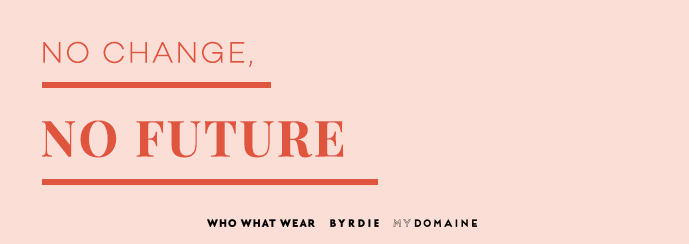
-
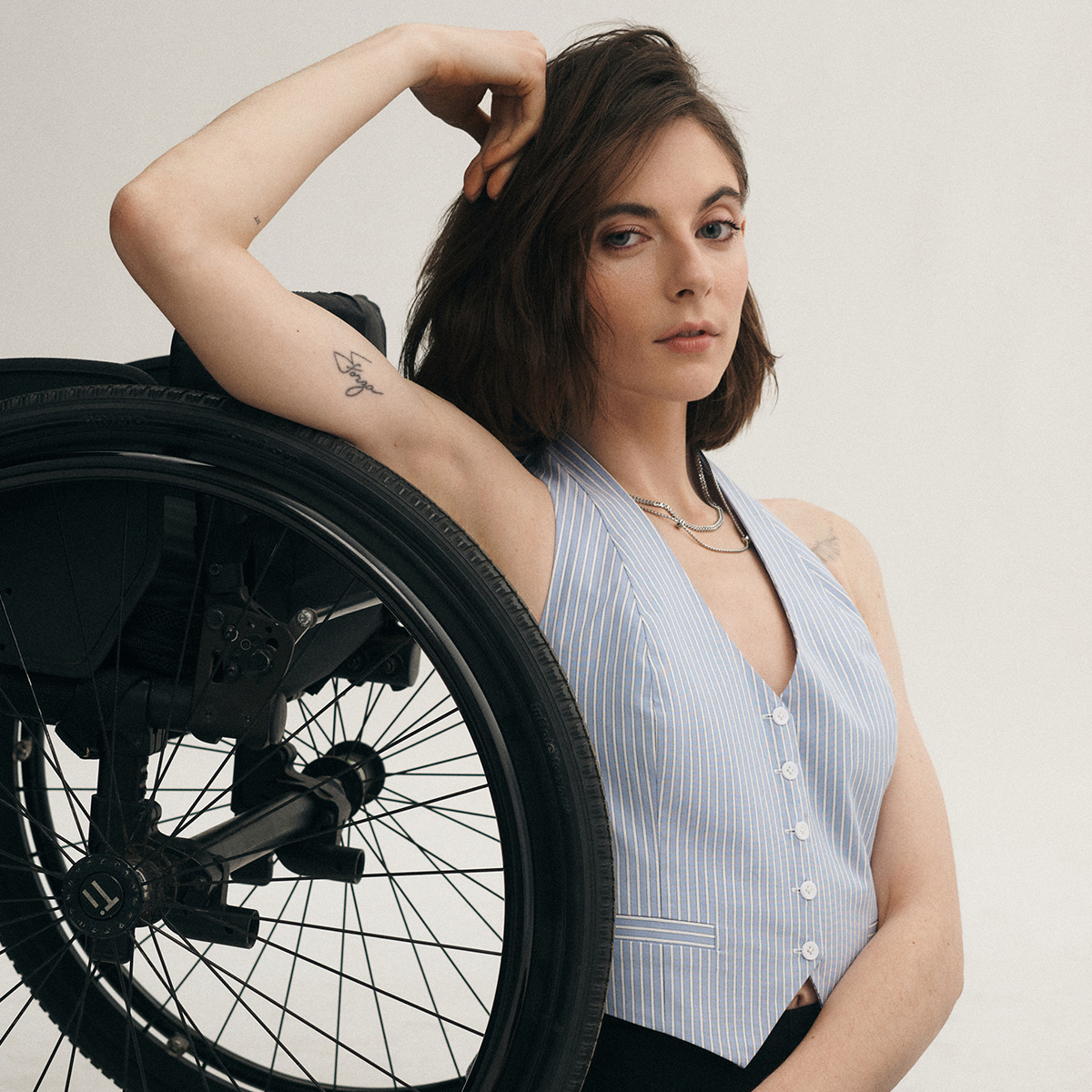 From Skims to Anthro: 9 Brands You Might Not Know Make Adaptive Clothing
From Skims to Anthro: 9 Brands You Might Not Know Make Adaptive ClothingNow you do.
By Eliza Huber
-
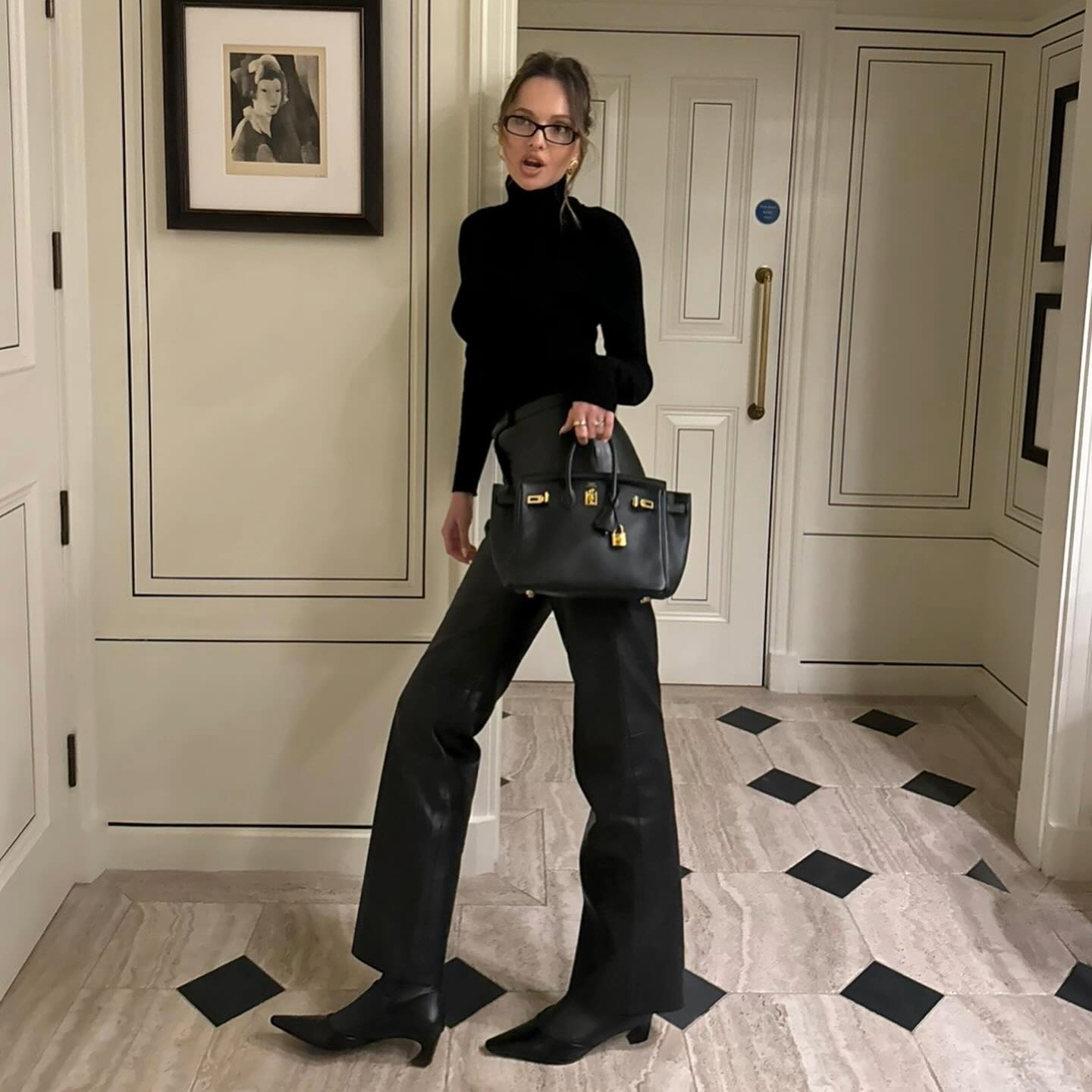 All My Outfits Are Now Built Around These 5 Items
All My Outfits Are Now Built Around These 5 ItemsConsider this my winter capsule wardrobe.
By Caitlin Burnett
-
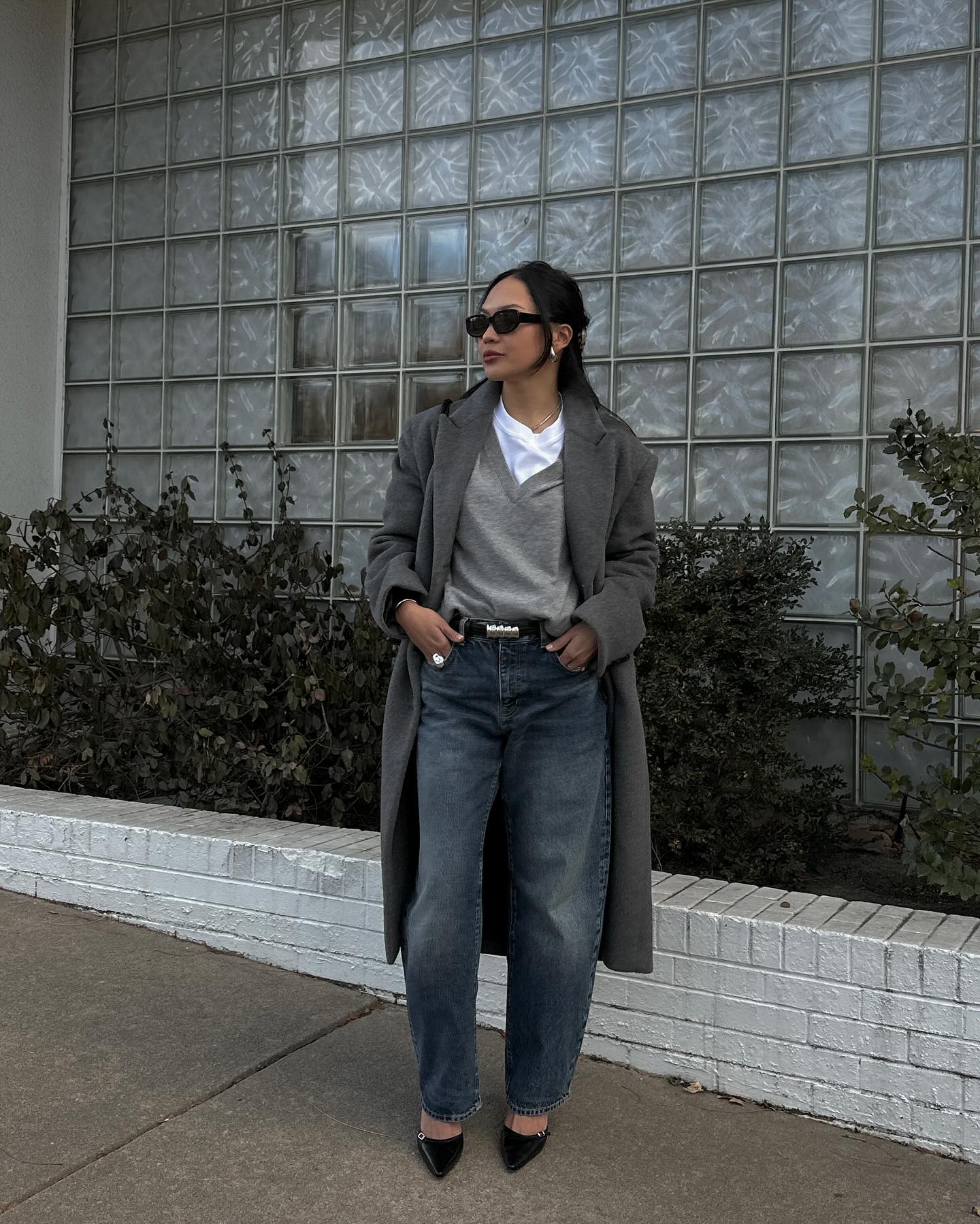 If You Have 60 Seconds to Get Dressed, Just Wear One of These Easy Outfits
If You Have 60 Seconds to Get Dressed, Just Wear One of These Easy OutfitsSet your timer.
By Aemilia Madden
-
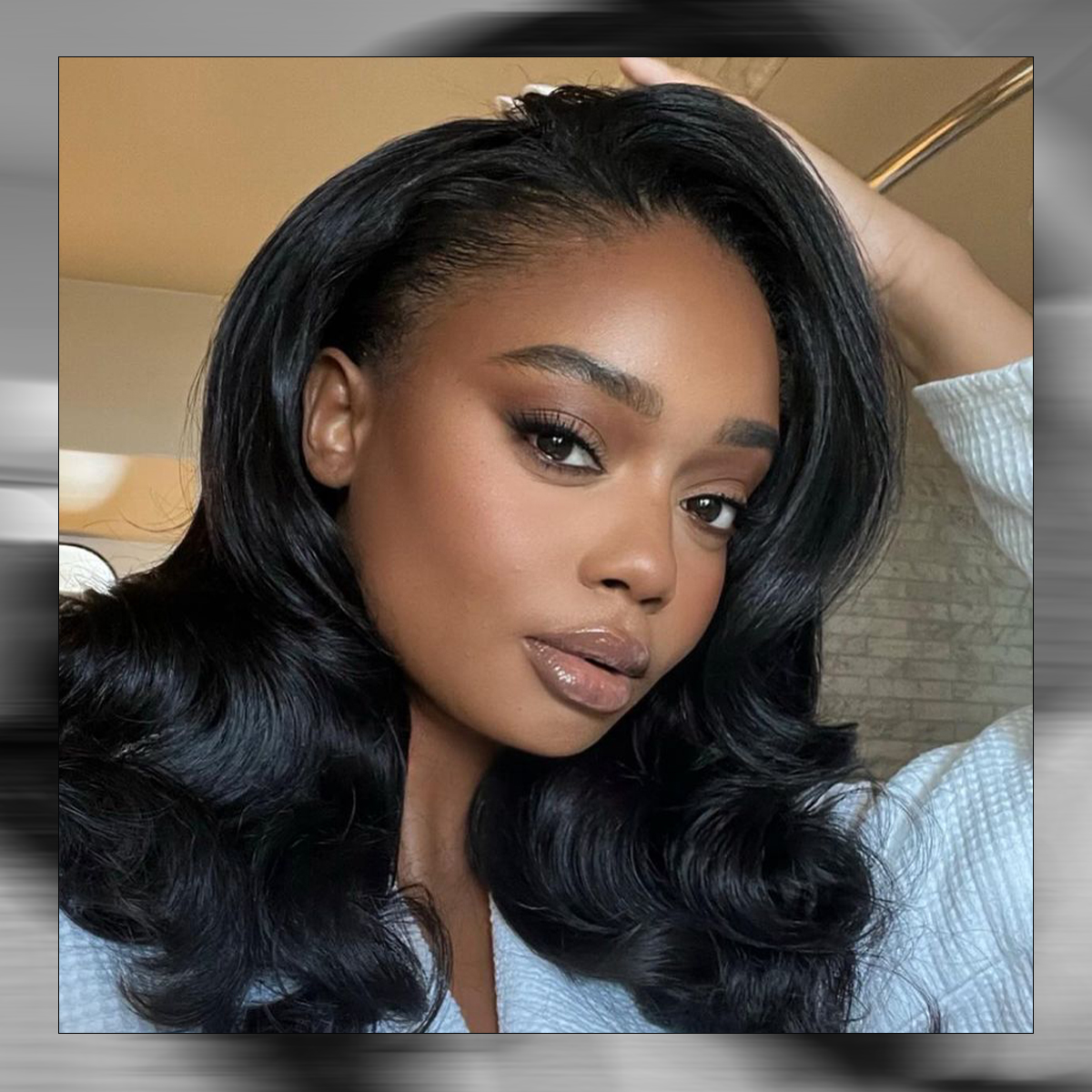 I Started My Day Like Akilah Releford Gould for a Week: 5 Habits I'm Keeping
I Started My Day Like Akilah Releford Gould for a Week: 5 Habits I'm KeepingSuch a game changer.
By Maya Thomas
-
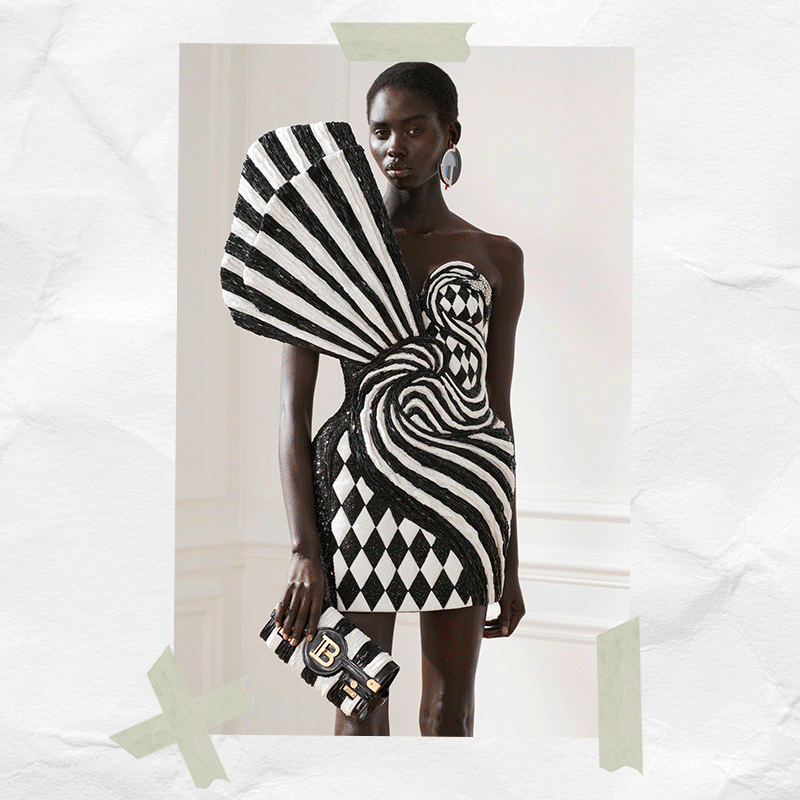 The 4 Best Balmain Bags, Period
The 4 Best Balmain Bags, PeriodPut them on your radar.
By Jasmine Fox-Suliaman
-
 Killers of the Flower Moon Costumes Bridge the Gap in Indigenous Representation
Killers of the Flower Moon Costumes Bridge the Gap in Indigenous Representation"We're ready for Hollywood to hear us."
By Jasmine Fox-Suliaman
-
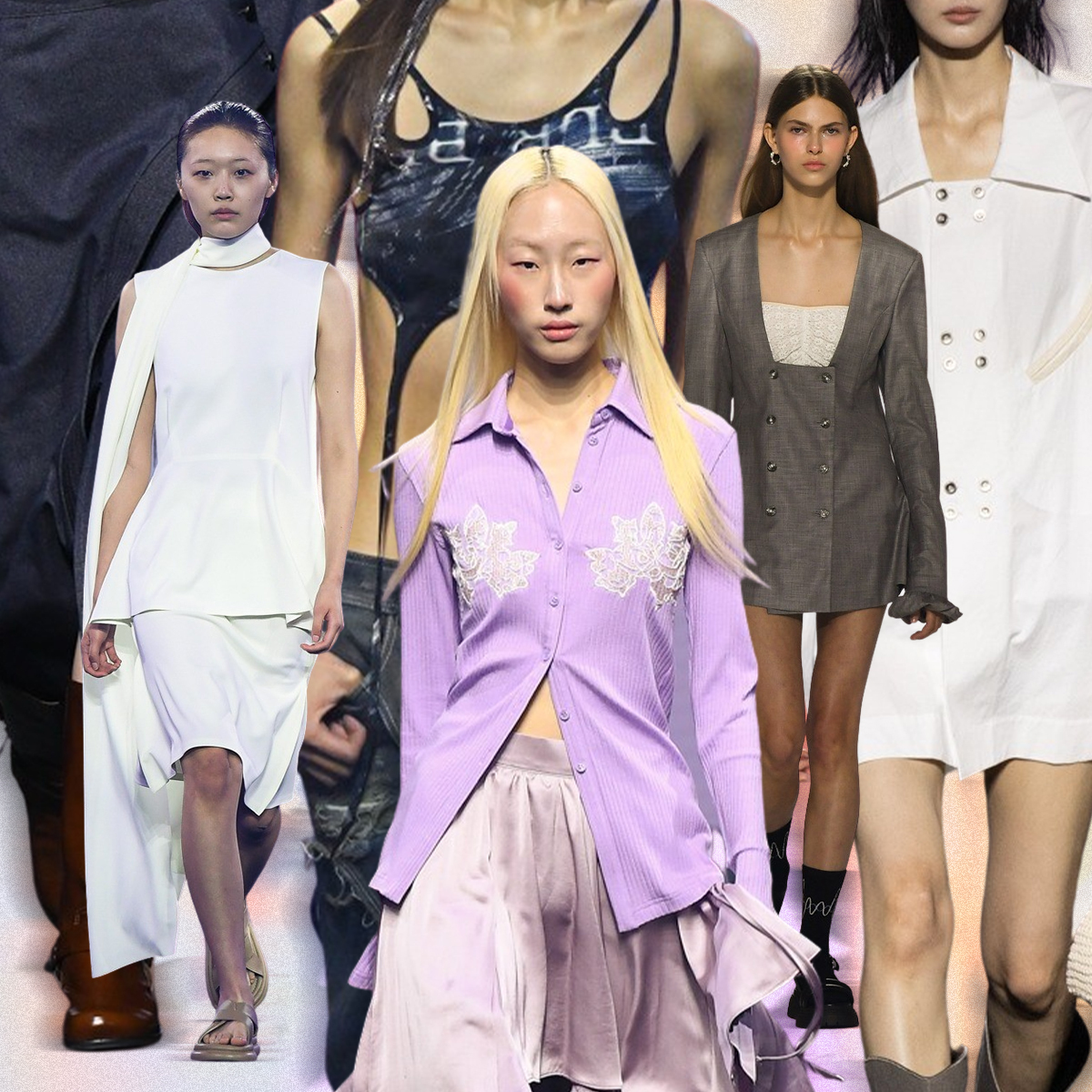 Seoul Has Spoken—These 6 South Korean Designers Are the Ones to Watch
Seoul Has Spoken—These 6 South Korean Designers Are the Ones to WatchTake note.
By Ana Escalante
-
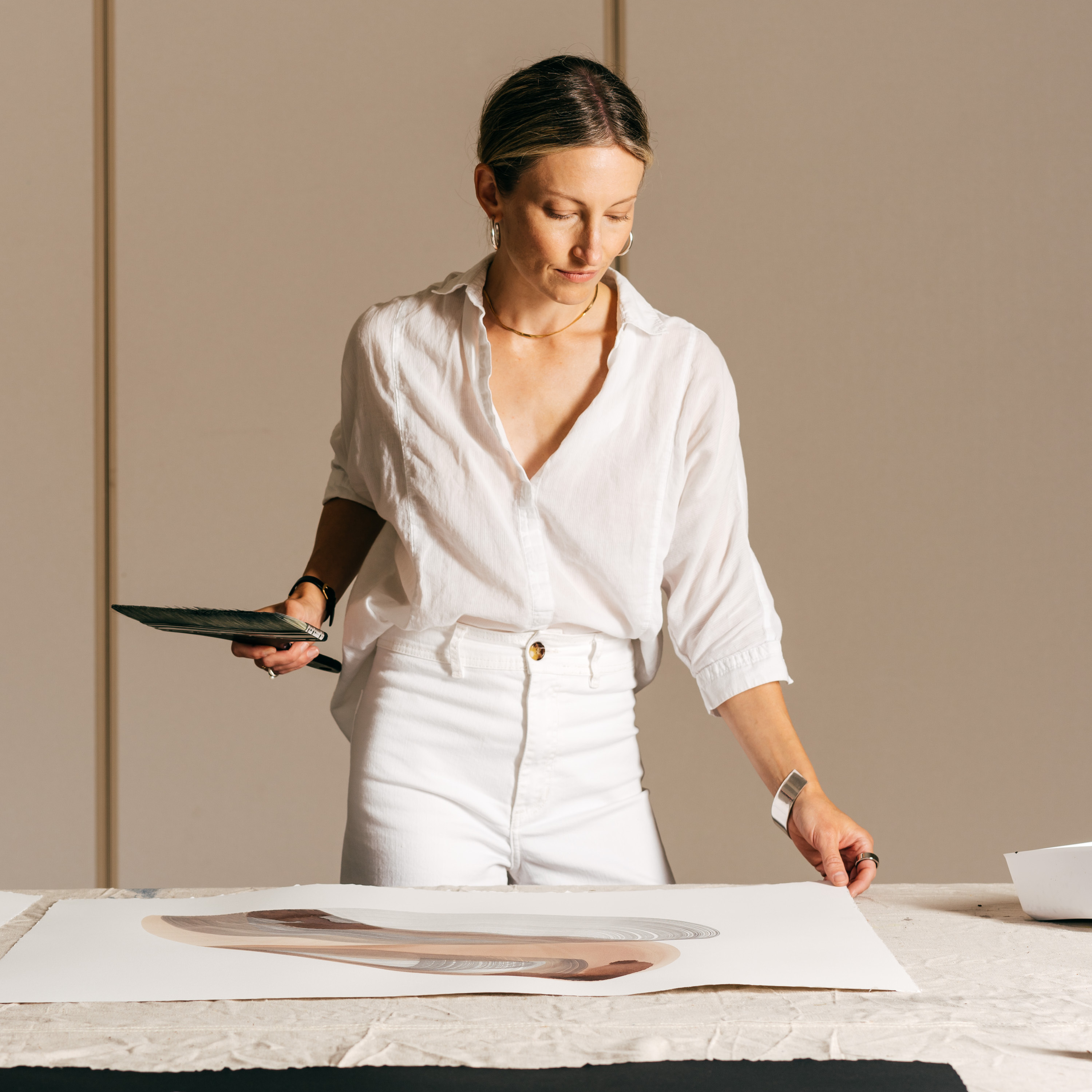 I'm a Contemporary Artist—These 40 Nordstrom Items Are as Chic as It Gets
I'm a Contemporary Artist—These 40 Nordstrom Items Are as Chic as It GetsWhen I tell you these are all thoughtful and stunning…
By Jennifer Camp Forbes
